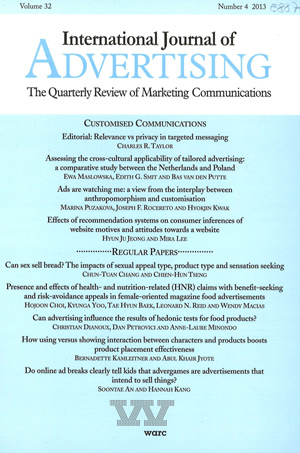CUBA EN VALLAS:EL IMAGINARIO DE LA REVOLUCIÓN CUBANA A TRAVÉS DE SUS VALLAS POLÍTICAS
As if it were a mosaic, "Cuba en Vallas" (Cuba in Fences) has put these piece together. The result is a story of the recent history of the Island told from its mural graphic, giving room to the most significant characters, themes and episodes of the revolutionary process. Its reading cannot overlook the fact that billboards and murals are a reflection of the monopoly that power exercises over politicial discourse and public space.
"Cuba en Vallas" (Cuba in Fences) is the fruit of many years of work. Its author, Alfons González Quesada, in addition to traveling repeatedly to Cuba to photograph billboards and murals, has been able to consult and digitalize the documentary collection of the Political Editor of the Communist Party of Cuba, the institution in charge of designing, editing and installing mural graphics. The more than 500 images collected in the book, most of them unpublished, show the artistic and communication dimension of a singular graphic heritage.









